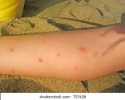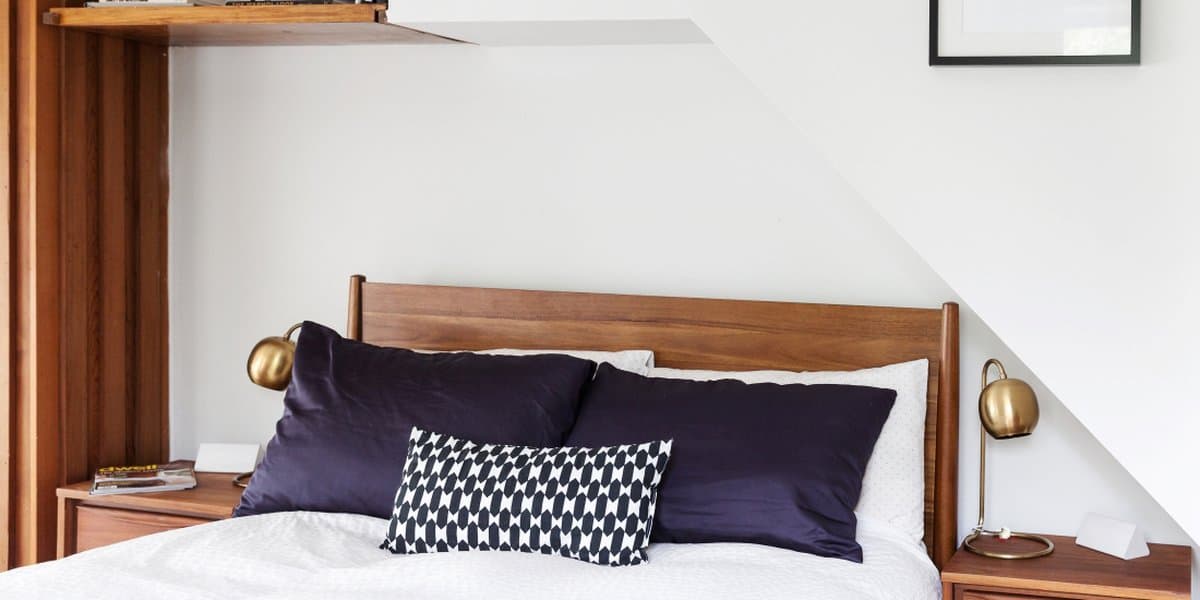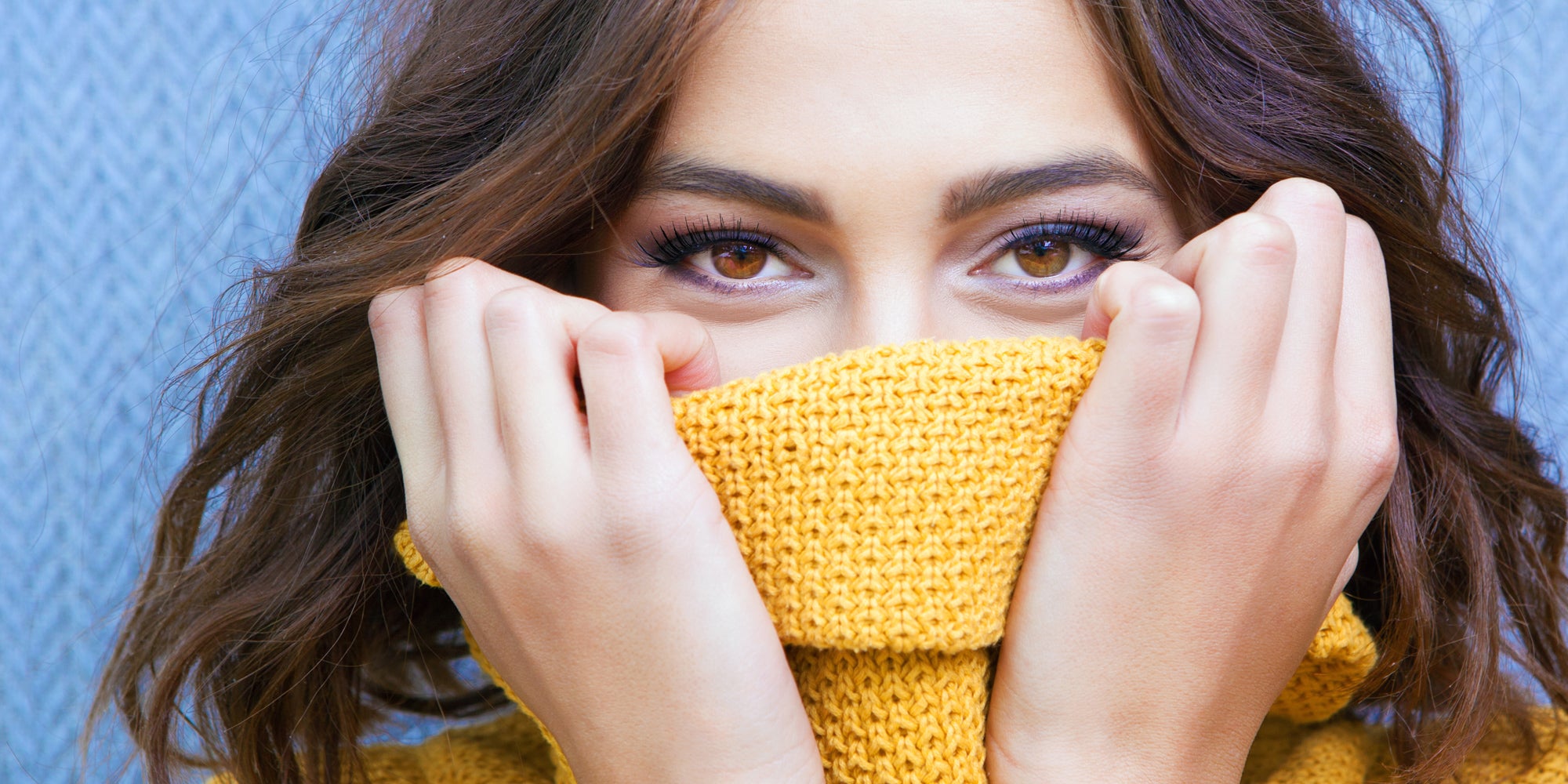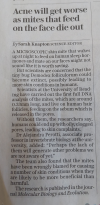- Time of past OR future Camino
- 2017, 2018, 2019, 2025
I posted this new guideline I put together in an existing thread, but I felt that it may be of help as a dedicated thread topic. As time progresses, I will be editing the post as the information or data changes.
Moderators, I understand if you decide to remove this separate thread.
-----------------------------------------------------------------------
Below is listed current science-based information as of 05/31/2022. Sources are from various public health, medical, and entomological sources. Keep in mind that this is not an exhaustive text, but directed toward Camino travel. Providing counsel to people and providers dealing with such issues, as well as headlice and other assorted crawlies and parasites, was one of my jobs before retiring from Chelan-Douglas Public Health District.
My coworkers thought it amusing that Dave Bugg was the staff who dealt with bugs.
Insecticides are chemicals which kill insects. Not all consumer-grade insecticides will kill bedbugs, and those that do, (typically a pyrethroid or a synthetic variant), have produced bedbug strains that are now fully resistant in many areas of the world.
There are also categories of insecticides which can act like a repellant for some insects like mosquitoes and ticks, but they will not repel bedbugs. The most commonly cited is Permethrin.
As a pyrethroid, Permethrin can kill non-resistant bedbugs. However, if you are spraying sheets or sleeping bags thinking it will keep non-resistant bedbugs at bay, the bedbug generally will survive their exposure to Permethrin long enough to find you, bite you and feed on you.
Many pilgrims do spray the inside of backpacks or luggage before travel so that any bedbugs attempting to hitch a ride on clothing or sleeping bags may be killed. If it is to work, using separate storage bags, stuff sacks, etc., must also be sprayed on their interiors. Don't forget all exterior pockets or interior dividers.
Repellents are chemicals that keep insects away. They actually work two ways: they repel and deter insects. This means that insects move away from any skin or clothing treated with a repellant, and do not feed if they encounter skin that has been treated. When applied as instructed, repellents act to create a 'vapor barrier' at the skin surface. It keeps mosquitoes, flies, and ticks from landing or crawling on the skin.
Two of the most effective and commonly used repellent chemicals are DEET (N,N-diethyl-meta-toluamide), and Picaridin (1-piperidinecarboxylic acid 2-(2-hydroxyethyl)-1-methylpropylester). In repellant preparations, the higher the concentration, the more effective the repellant is.
Picaridin does not have some of the drawbacks as DEET. . . At a 20% concentration, Picaridin will have the same general level of effectiveness as an 80+% concentration of DEET. Picaridin has much less odor, and lasts longer. It is also more effective against ticks, though DEET is effective, too.
How to choose a repellant. First: Ignore the marketing names and catchy label graphics when buying a repellant. Look at the ingredient label and look for the active ingredient. (in this case DEET or Picaridin or both.) Next, look for the percentage of the active ingredient. For DEET, I prefer anything over 80%. For Picaridin, choose at least a 20% concentration.
With name brand repellants, if the ingredients listed fall into the effective category, forget the packaging and just purchase the cheapest product.
What will NOT work against bedbugs, but will irritate other pilgrims. There are NO essential or 'natural' oils, scents, goops, or chants that will repel bedbugs effectively. Tea tree oils, Neem oil, cinnamon, Eucalyptus oils, lavender, garlic, lemon, . . . All they do is provide a bedbug with a tasty marinade prior to feasting.
Studies have shown that some insects will avoid certain smells for an extremely abbreviated period, but the effect is very short lived, if it does occur.
Claims of bedbug repellency are made based on subjective 'correlation equals a causation' observations, but the claims don't hold up to scrutiny when studied. Similar, would be my claim that I have never been bitten by a bedbug while drinking Fanta Naranja, so Fanta is a bedbug repellant.
One can slather themselves with a gallon of lavender or lemon oil or garlic, but the only thing that will be repelled are other pilgrims.
Treatment for a bedbug infestation. The standard and best method now to deal with an infestation of bedbugs is with heat. Do not rely on chemical treatments. Thermal treatments of residences, lodgings, and commercial buildings does effectively eliminate wide spread infestations.
As a Pilgrim, what if you suspect, or learn about a bedbug exposure (bites, or seeing evidence of bedbugs) within a communal sleeping area? If possible, try to treat yourself, your gear, and clothing before continuing on to your next destination. You do not want to accidentally drag the critters to your next Albergue or casa rural, hotel, etc.
For clothing and fabric gear, follow the heat or freezer treatment guidelines. If you need to wash clothing or gear anyway, a hot dryer will do the job in the shortest time frame.
Treatment alternatives. Instead of a dryer, you can use an oven if there is rack space where the clothing and gear can be spread out. Using a black plastic bag may work, but it is iffy because clothing bunches up and the bedbugs can be insulated from the heat.
At home, keep your if you have deep freezer, you can use below zero temperatures to freeze the critters, but it will take a lot more time to assure a completed kill.
Moderators, I understand if you decide to remove this separate thread.
-----------------------------------------------------------------------
Below is listed current science-based information as of 05/31/2022. Sources are from various public health, medical, and entomological sources. Keep in mind that this is not an exhaustive text, but directed toward Camino travel. Providing counsel to people and providers dealing with such issues, as well as headlice and other assorted crawlies and parasites, was one of my jobs before retiring from Chelan-Douglas Public Health District.
My coworkers thought it amusing that Dave Bugg was the staff who dealt with bugs.
Insecticides are chemicals which kill insects. Not all consumer-grade insecticides will kill bedbugs, and those that do, (typically a pyrethroid or a synthetic variant), have produced bedbug strains that are now fully resistant in many areas of the world.
There are also categories of insecticides which can act like a repellant for some insects like mosquitoes and ticks, but they will not repel bedbugs. The most commonly cited is Permethrin.
As a pyrethroid, Permethrin can kill non-resistant bedbugs. However, if you are spraying sheets or sleeping bags thinking it will keep non-resistant bedbugs at bay, the bedbug generally will survive their exposure to Permethrin long enough to find you, bite you and feed on you.
Many pilgrims do spray the inside of backpacks or luggage before travel so that any bedbugs attempting to hitch a ride on clothing or sleeping bags may be killed. If it is to work, using separate storage bags, stuff sacks, etc., must also be sprayed on their interiors. Don't forget all exterior pockets or interior dividers.
Repellents are chemicals that keep insects away. They actually work two ways: they repel and deter insects. This means that insects move away from any skin or clothing treated with a repellant, and do not feed if they encounter skin that has been treated. When applied as instructed, repellents act to create a 'vapor barrier' at the skin surface. It keeps mosquitoes, flies, and ticks from landing or crawling on the skin.
Two of the most effective and commonly used repellent chemicals are DEET (N,N-diethyl-meta-toluamide), and Picaridin (1-piperidinecarboxylic acid 2-(2-hydroxyethyl)-1-methylpropylester). In repellant preparations, the higher the concentration, the more effective the repellant is.
Picaridin does not have some of the drawbacks as DEET. . . At a 20% concentration, Picaridin will have the same general level of effectiveness as an 80+% concentration of DEET. Picaridin has much less odor, and lasts longer. It is also more effective against ticks, though DEET is effective, too.
How to choose a repellant. First: Ignore the marketing names and catchy label graphics when buying a repellant. Look at the ingredient label and look for the active ingredient. (in this case DEET or Picaridin or both.) Next, look for the percentage of the active ingredient. For DEET, I prefer anything over 80%. For Picaridin, choose at least a 20% concentration.
With name brand repellants, if the ingredients listed fall into the effective category, forget the packaging and just purchase the cheapest product.
What will NOT work against bedbugs, but will irritate other pilgrims. There are NO essential or 'natural' oils, scents, goops, or chants that will repel bedbugs effectively. Tea tree oils, Neem oil, cinnamon, Eucalyptus oils, lavender, garlic, lemon, . . . All they do is provide a bedbug with a tasty marinade prior to feasting.
Studies have shown that some insects will avoid certain smells for an extremely abbreviated period, but the effect is very short lived, if it does occur.
Claims of bedbug repellency are made based on subjective 'correlation equals a causation' observations, but the claims don't hold up to scrutiny when studied. Similar, would be my claim that I have never been bitten by a bedbug while drinking Fanta Naranja, so Fanta is a bedbug repellant.
One can slather themselves with a gallon of lavender or lemon oil or garlic, but the only thing that will be repelled are other pilgrims.
Treatment for a bedbug infestation. The standard and best method now to deal with an infestation of bedbugs is with heat. Do not rely on chemical treatments. Thermal treatments of residences, lodgings, and commercial buildings does effectively eliminate wide spread infestations.
As a Pilgrim, what if you suspect, or learn about a bedbug exposure (bites, or seeing evidence of bedbugs) within a communal sleeping area? If possible, try to treat yourself, your gear, and clothing before continuing on to your next destination. You do not want to accidentally drag the critters to your next Albergue or casa rural, hotel, etc.
- Try to be discreet with your concerns. Quietly inform the lodging staff about what you suspect.
- Contain all your belongings in your backpack.
- Locate a dryer which can reach above 130F/55c. Although adult bedbugs, nymphs, and eggs are killed at temperatures above 115f/46.2c., the lower the temperature, the longer the treatment time will take.
- You do not need to do a washing cycle. It does not kill off an infestation.
- If you have an hour, put all soft gear (backpack, sleeping bag, etc.) and clothing into the dryer and run it for 60 minutes at 115f/46.2c or above. This will be the most gentle on fabrics.
- To shorten treatment, run the dryer at 135f/57.22c for 20 minutes.
- When your clothing has been treated, you may wish to change out of the clothing you are wearing, bag and seal it up, and then keep that bag sealed until you can dry heat treat those clothes.
For clothing and fabric gear, follow the heat or freezer treatment guidelines. If you need to wash clothing or gear anyway, a hot dryer will do the job in the shortest time frame.
Treatment alternatives. Instead of a dryer, you can use an oven if there is rack space where the clothing and gear can be spread out. Using a black plastic bag may work, but it is iffy because clothing bunches up and the bedbugs can be insulated from the heat.
At home, keep your if you have deep freezer, you can use below zero temperatures to freeze the critters, but it will take a lot more time to assure a completed kill.


























